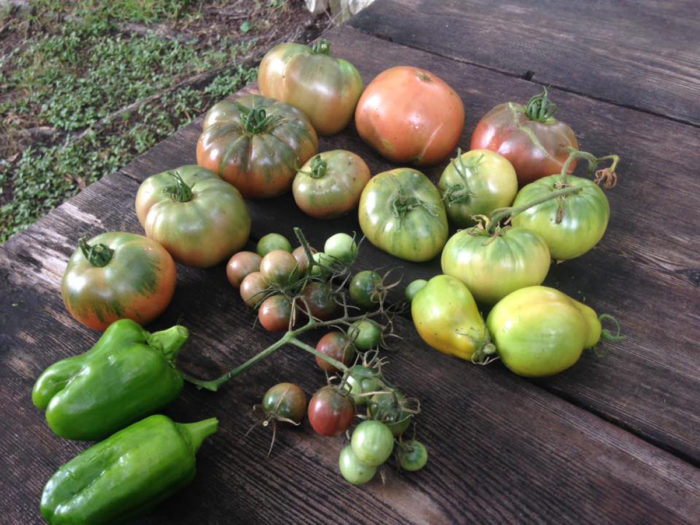
Harvest your vegetables and cut flowers. After all of the hard work you put into planting your spring garden, don’t forget to enjoy the harvest. By now your garden is likely producing some vegetables such as beans or squash, so don’t forget to pick them. Picking them frequently encourages the plants to produce new blooms and fruit. Don’t forget to use your herbs, which will promptly put out new growth after harvesting. In addition to the edibles in your garden, May is also a great month to be cutting flowers for indoor enjoyment.
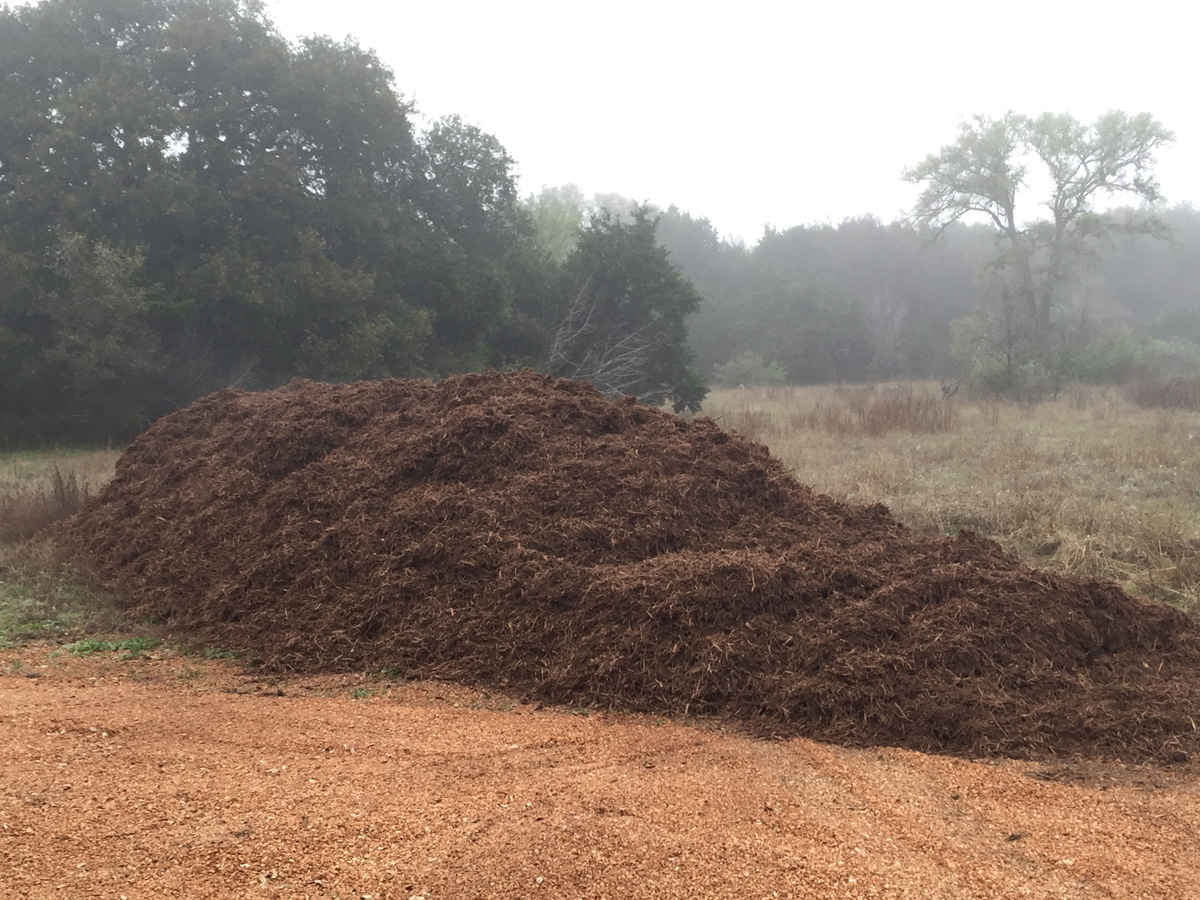
Mulch everything! Don’t underestimate the importance of mulch in helping your garden survive the heat of summer. Whether you have a vegetable garden, herb garden, perennial garden beds, or just some foundation plantings around your home, mulch them. A 2-to-4-inch layer of organic mulch will help moderate soil temperatures, conserve moisture, and prevent weeds. There are many types of organic mulch available, including shredded bark, straw, pine needles, leaves, and pecan shells.
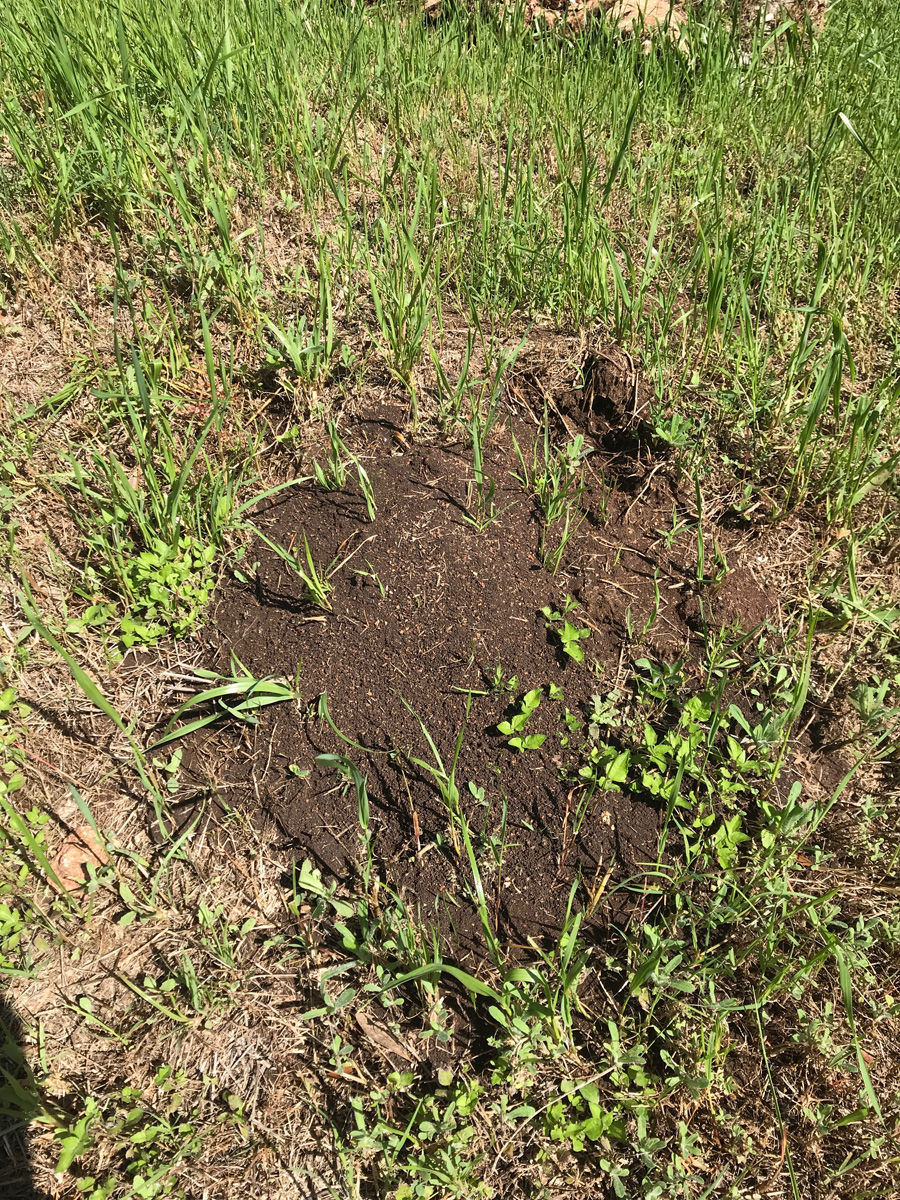
Treat fire ants. The best overall strategy for fire ants is what Texas A&M University calls the “Two Step”: Broadcast granular ant bait once or twice a year (spring or fall), and target problem mounds with a drench of insecticide dust. May is the month when fire ant mounds are most visible in the landscape, making them easy to target. There are many different baits and treatments available for homeowners. See this page for more detailed information.
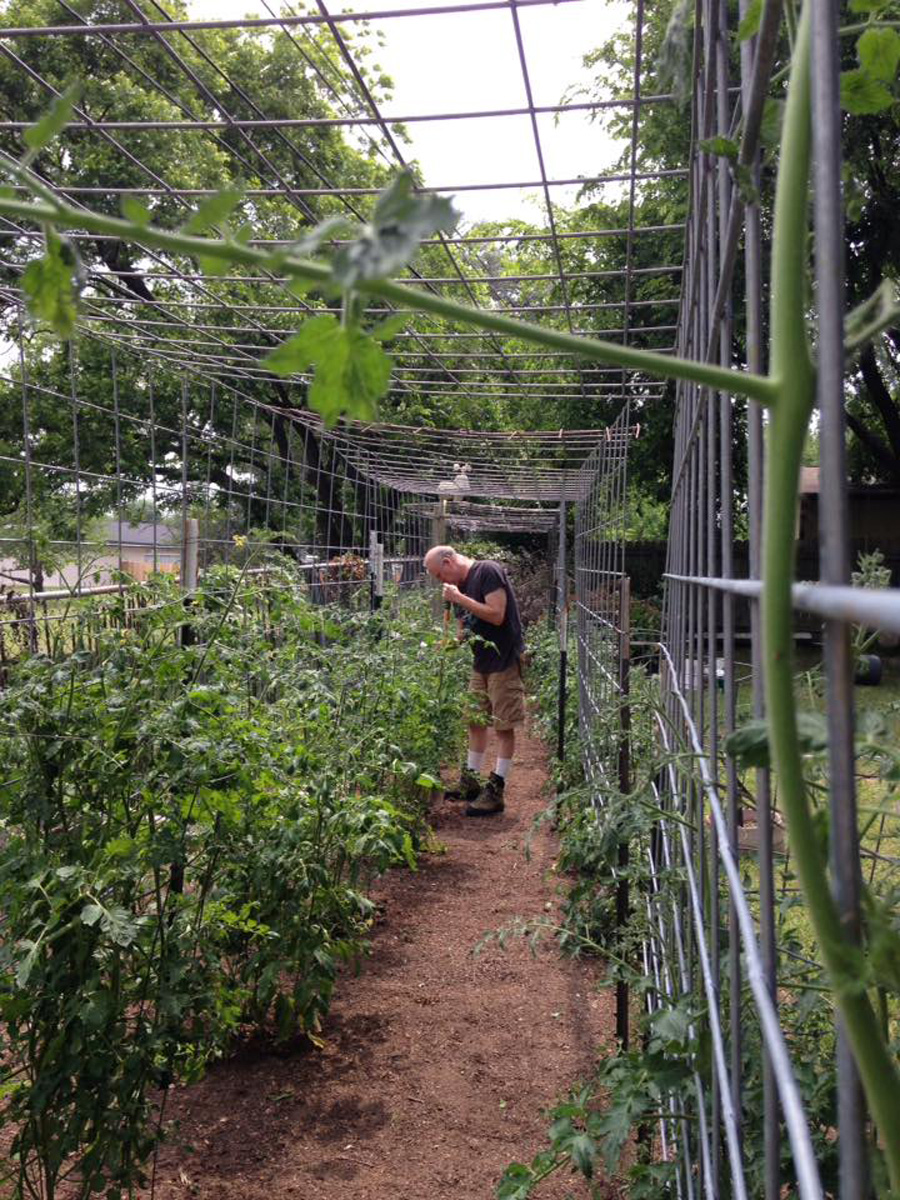
Add trellises and other support structures as needed. Bean vines getting longer than expected? Squashes sprawling over the peppers? Tomatoes engulfing the tiny cages you bought? Now is a good time to give your plants support structures such as trellises or cages. These don’t have to be anything fancy. I made my own tomato cages out of a roll of 4-foot welded wire fencing about 15 years ago and they are still going strong; they hold up to even the most beastly indeterminate tomato plants.
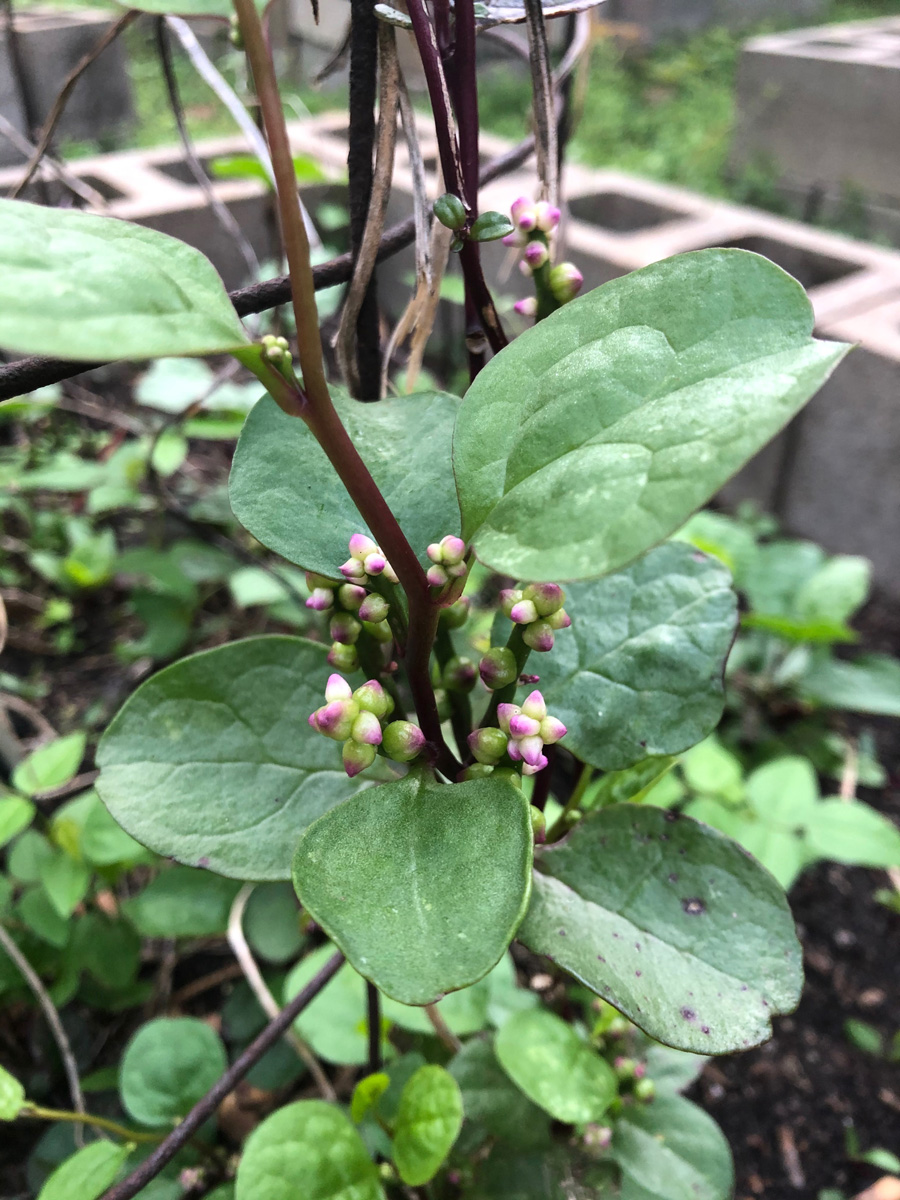
If you missed out on planting a vegetable garden in March in April, there are still a few things you can plant now. These heat-loving vegetables don’t mind a late start, so if you have an empty spot in your garden, go ahead and fill it with these:
- Okra: ‘Clemson Spineless’ is perhaps the most common variety, but there are over a dozen other varieties available with different colors and shapes. ‘Star of David’ okra have short, stocky pods. ‘Jing Orange’ okra is an Asian variety with an orangish red hue.
- Sweet potatoes: Unlike other vegetables, sweet potatoes aren’t grown from seed. They are grown from slips, which are little shoots grown from a mature sweet potato. Orange-fleshed varieties include ‘Nemagold’, ‘Centennial’, and ‘Southern Delite’. White-fleshed varieties include ‘Boniato’, ‘White Delight’, and ‘Nancy Hall’. ‘Speckled Purple’ and ‘Korean Purple’ are two purple-fleshed types. You can even make your own slips from organic supermarket sweet potatoes.
- Malabar spinach: While not a true spinach, Malabar spinach is an edible vining plant that thrives in hot weather (unlike true spinach). Baker Creek Heirloom Seeds sells a gorgeous purple variety of red Malabar spinach that would be equally appropriate in a decorative flower garden or in the vegetable garden.
- Southern peas: Anyone in the Southern Plains with rural roots will probably have experience with Southern peas. Also called cow peas, field peas, or crowder peas, these heat-tolerant legumes thrive in Southern gardens when their delicate English pea counterparts have long since expired. My personal favorites are purple hulls (such as ‘Mississippi Pinkeye’) and cream peas (like ‘Texas Cream 40’ and ‘Lady Cream’).
—Karen Beaty is a horticulturalist at the Lady Bird Johnson Wildflower Center in Austin, Texas.
Fine Gardening Recommended Products

A.M. Leonard Deluxe Soil Knife & Leather Sheath Combo
Fine Gardening receives a commission for items purchased through links on this site, including Amazon Associates and other affiliate advertising programs.



















Comments
Log in or create an account to post a comment.
Sign up Log in